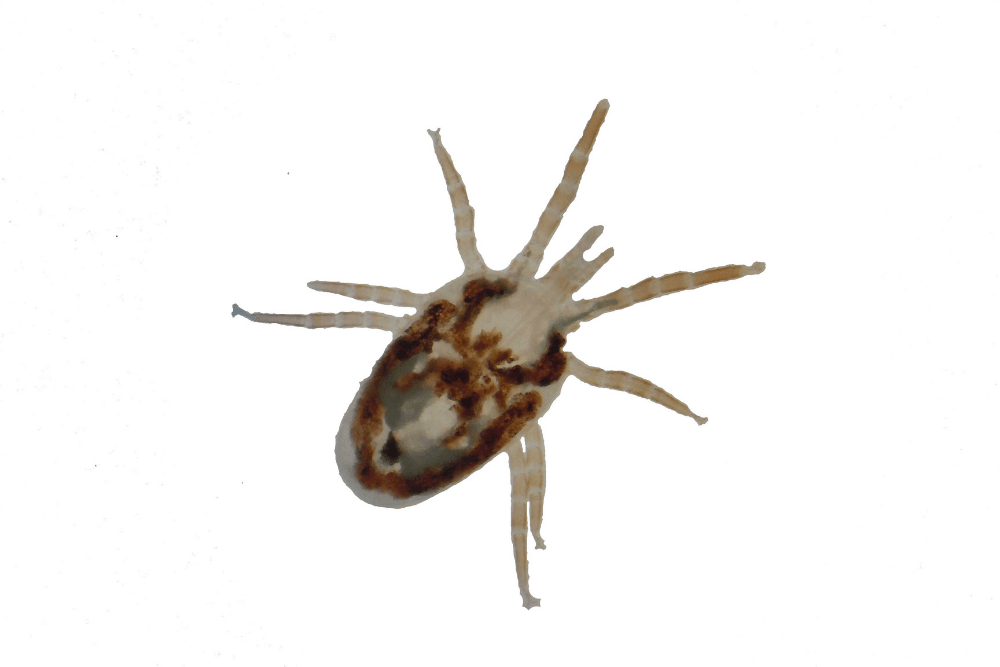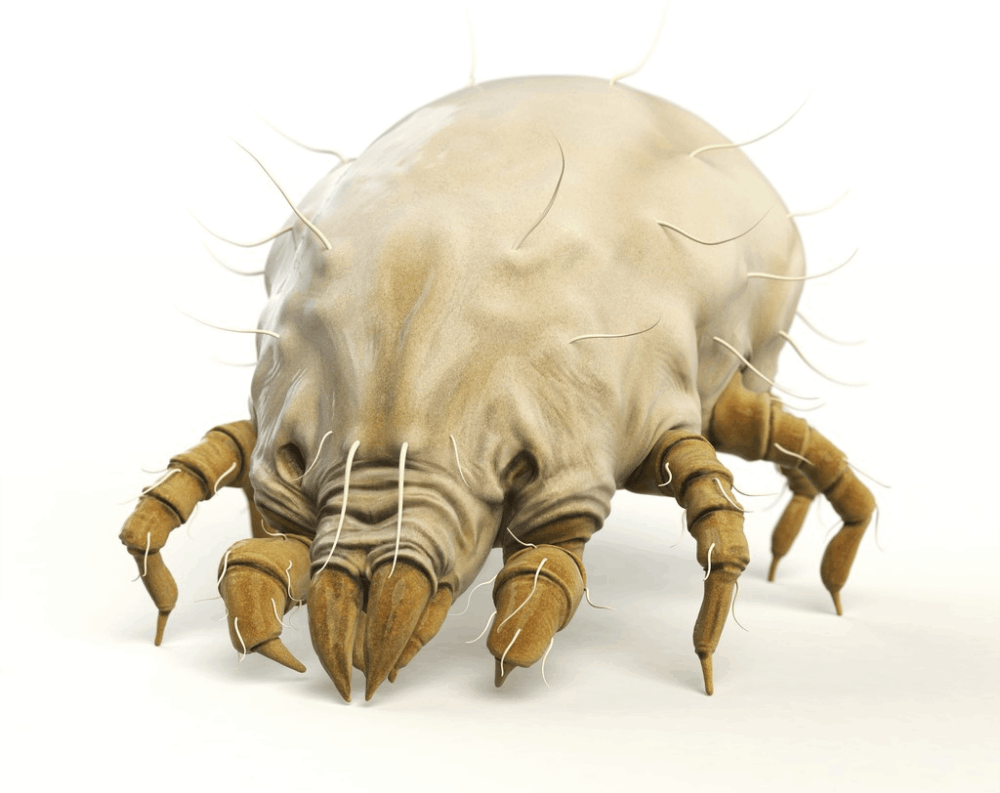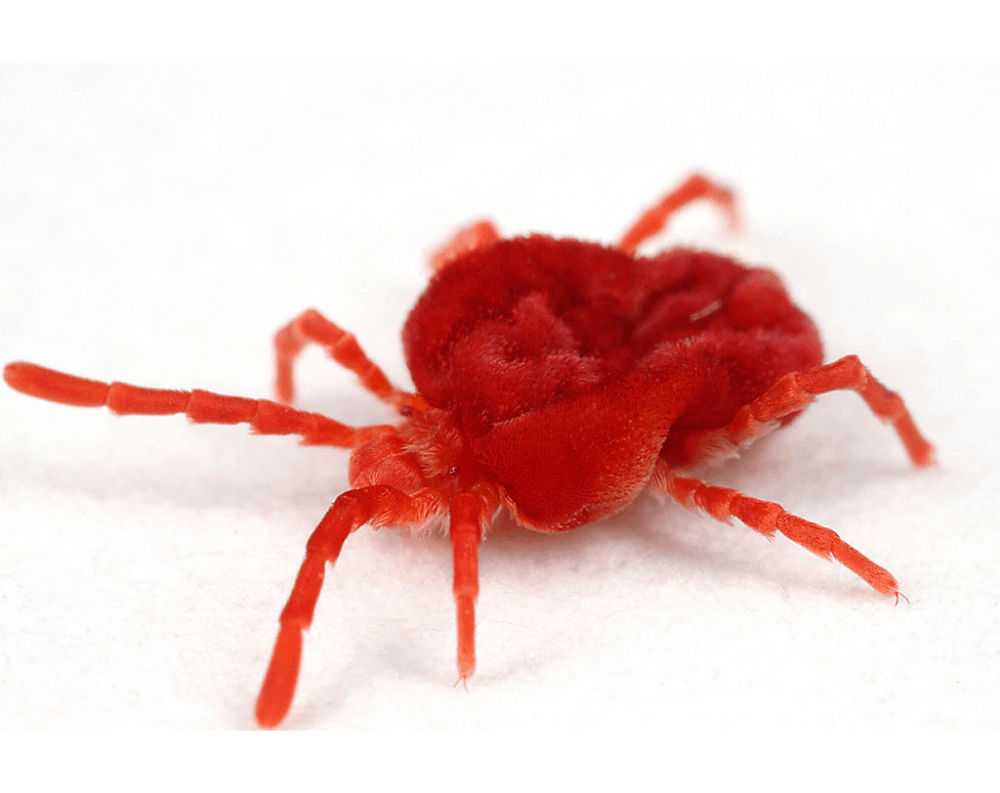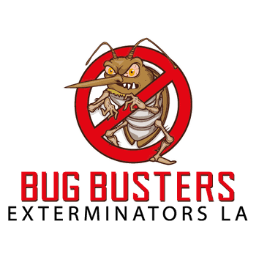Types of Mites
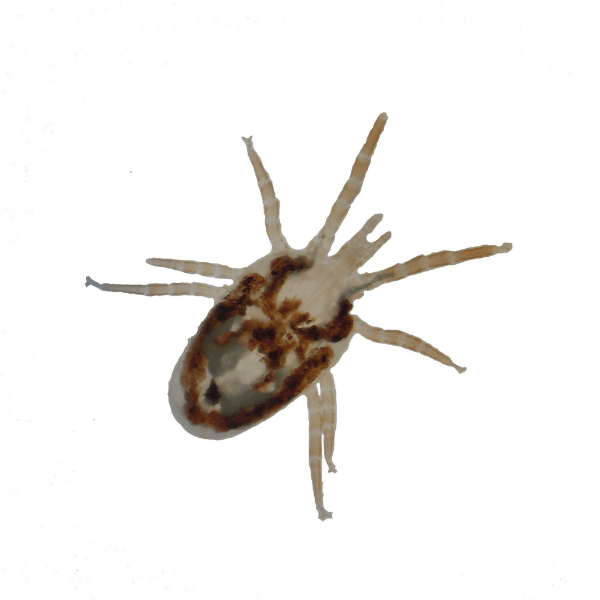
Bird Mite
Bird mites, also called chicken mites, are pests that many people don’t think about. These tiny insects are a nuisance, nonetheless.

Dust Mite
Dust mites are one of the most common allergy and asthma triggers that lurk inside your own home.

Clover Mite
This dark reddish brown pest, which is smaller than a pinhead, does not pose a threat to human health or cause major damage to homes, but it can be a severe nuisance when it invades structures.
